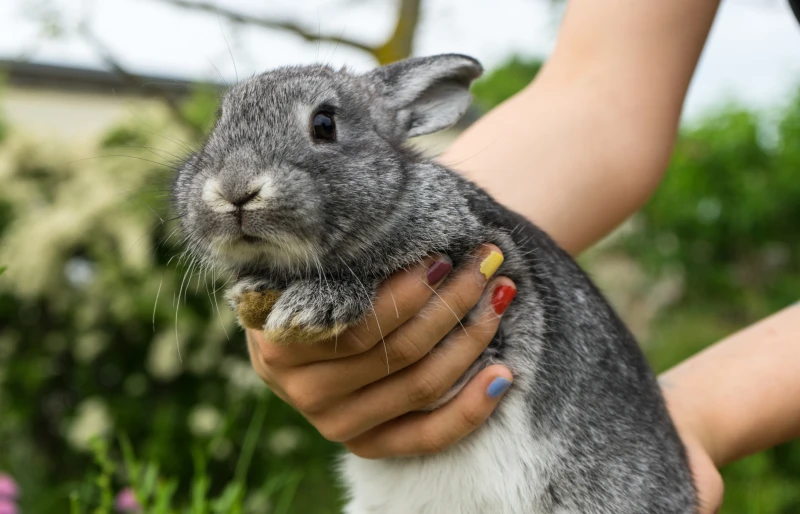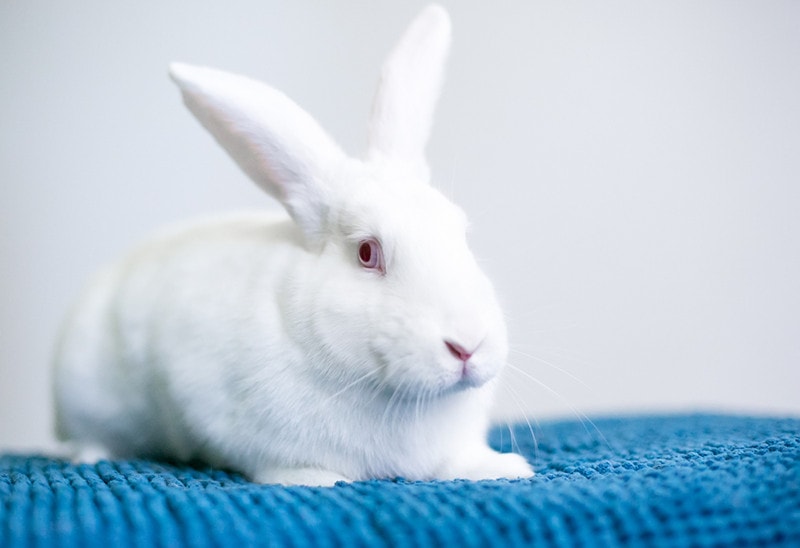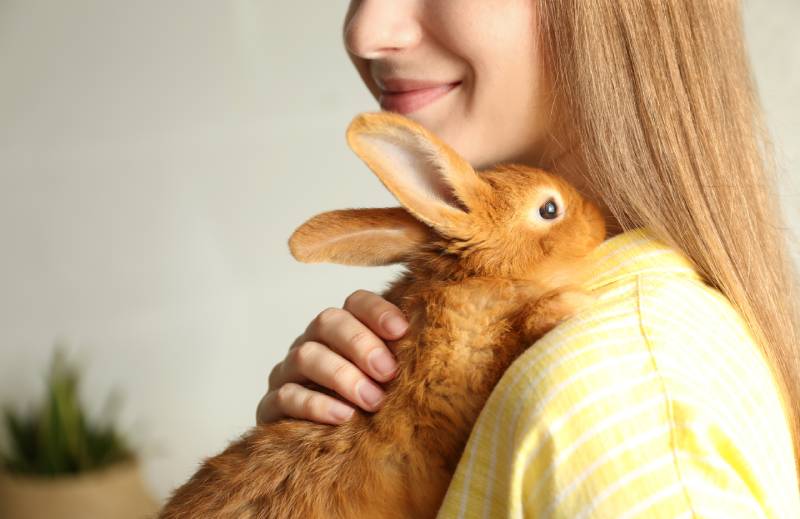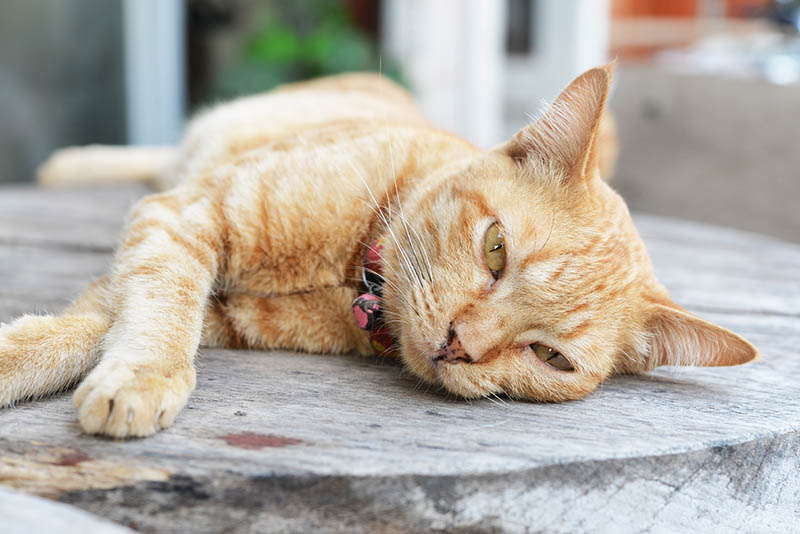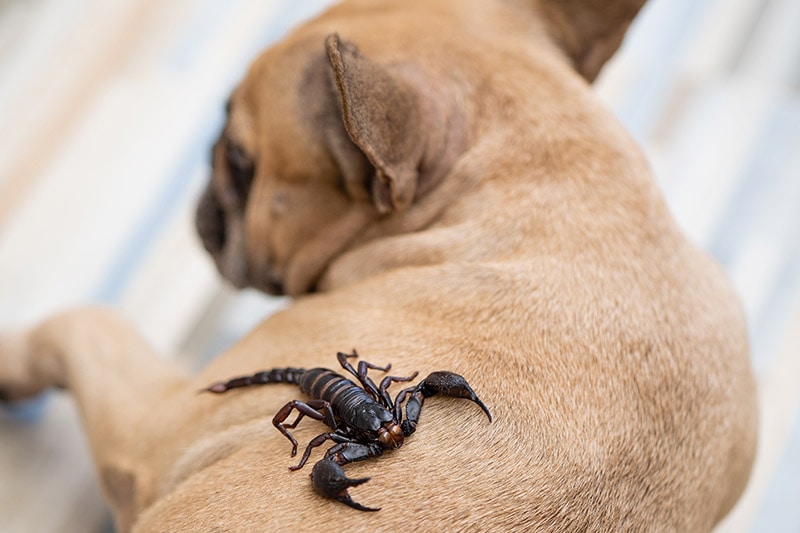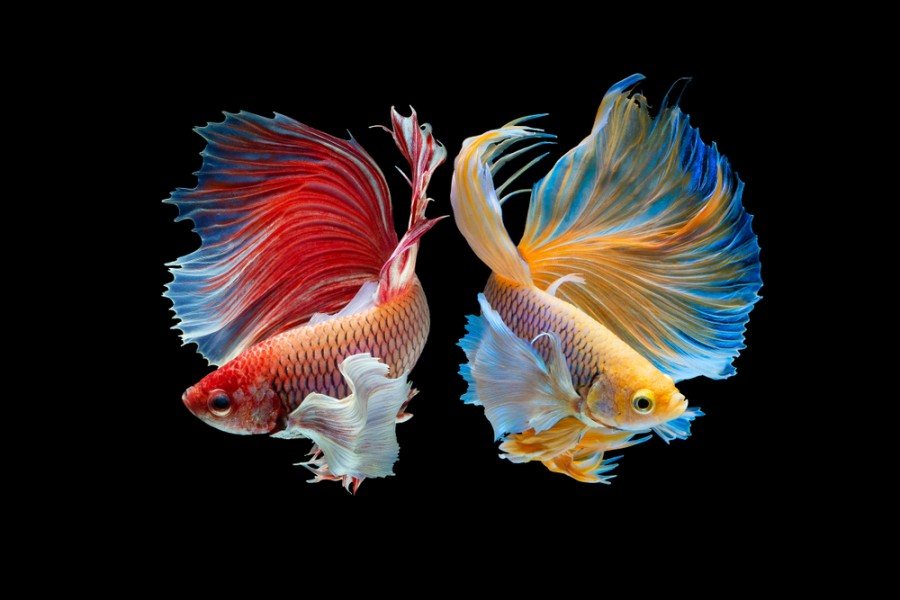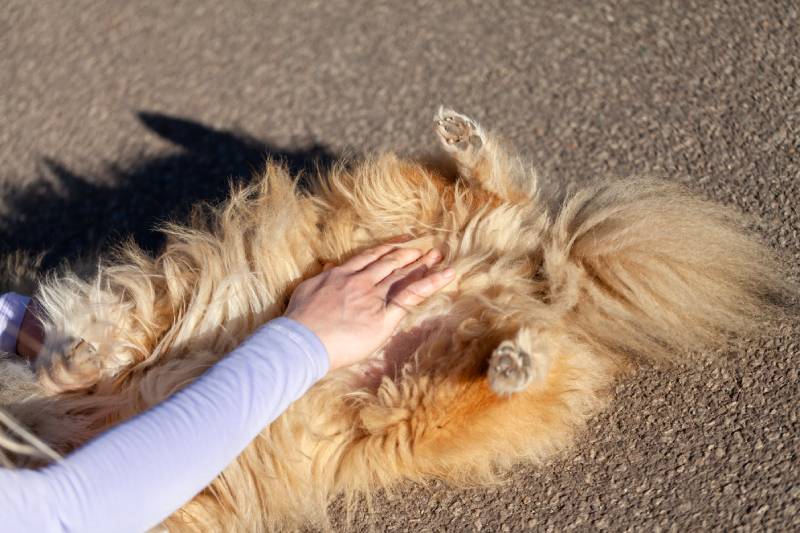Why Is My Rabbit Pulling Their Fur Out? 8 Vet-Reviewed Reasons
Updated on
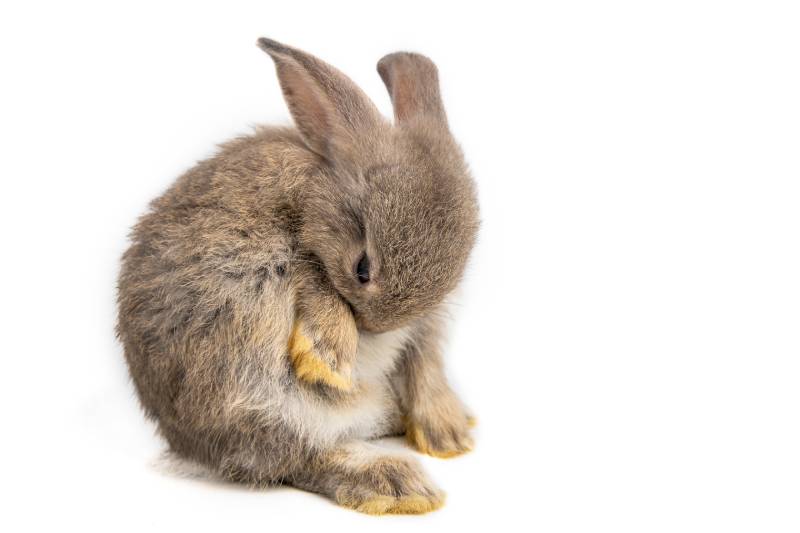
Rabbits are fastidious groomers and spend almost as much time grooming themselves as cats! This means your rabbit’s glorious hair is usually soft and beautiful, but some rabbits might go overboard.
Overgrooming can lead to rabbits pulling out their fur, but there are other reasons that a rabbit might do this.
Here, we discuss the different reasons that rabbits engage in this behavior, some of which are perfectly normal, and others might be health issues. Either way, we hope to give you the information that you need to help and better understand your rabbit.
The 8 Why Your Rabbit Is Pulling Their Fur Out
1. Pregnancy
A common reason that a female rabbit (doe) pulls out her fur is that it’s part of nesting behavior. As she gets closer to kindling (giving birth), she will pull fur from her chest, dewlap, and flanks. Her hair will go directly into the nest, which is perfectly normal and temporary behavior.
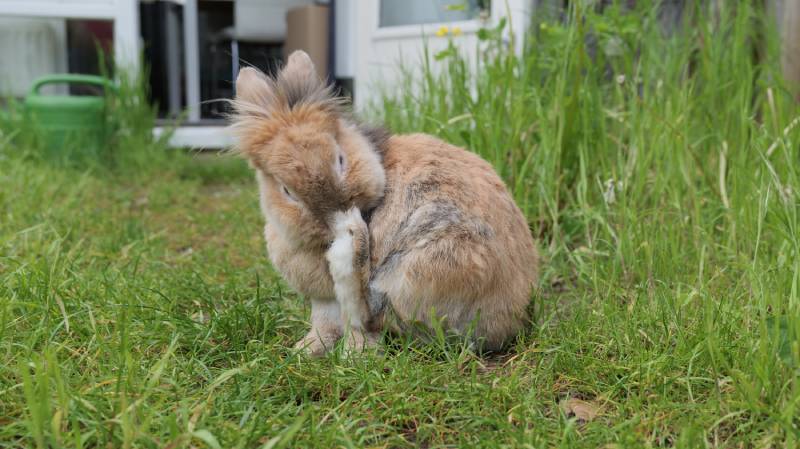
2. False Pregnancy
If a doe has not been spayed, but she’s not been housed with an unneutered male, she could be experiencing a false pregnancy. When her ova (egg) is released but isn’t fertilized, it could lead to hormonal changes that can imitate pregnancy.
It’s recommended to get your female rabbit spayed to keep this from occurring again. It can also prevent her from getting specific cancers.
3. Boredom
Rabbits that are bored might start to engage in destructive behaviors, which can include plucking out their fur and overgrooming. Once this becomes a habit, it gets much harder to stop.
Invest in rabbit toys and chews, as these will keep your rabbit occupied both physically and mentally. Also, ensure that you interact with them, and give them time to get out and explore. Consider giving them a companion too, as rabbits are social animals.

4. Matted or Dirty Fur
This is more likely to happen to rabbits that aren’t well cared for. If they are living in dirty conditions, they might become frustrated when they can’t keep their coats as clean as they prefer and might start pulling out fur.
Short-haired rabbits should be groomed once a week, and long-haired breeds will need brushing every day. Their enclosure should be cleaned once a week, with daily spot cleanings and deep cleanings once a month.
5. Stress
A rabbit feeling anxiety and stress, particularly if it’s ongoing, might start fur pulling. Stress can be caused by dirty conditions and overcrowding or if the cage is located in a noisy or bright area.
Additionally, if noisy young children or predators, such as cats and dogs, have access to the rabbit, they might start pulling out hair due to fear.

6. Improper Diet
The rabbit’s diet must contain at least 80% grass or hay, so rabbits that are not fed an appropriate diet that’s high enough in fiber might start pulling out their fur to ingest it. This makes up for the lack of fiber that they know that they need.
Beyond the hay and grass that they require, only about 5% of a rabbit’s diet should be rabbit pellets, and the last 15% should be fibrous vegetables.
7. Parasites/Skin Issues
Fleas and mites can be a problem with rabbits, with some mites burrowing under the rabbit’s skin. Some rabbits will scratch themselves, but they might also try pulling out their fur to alleviate their discomfort. This can also occur with allergies and dermatitis.
Their fur will likely look patchy and the skin irritated. If you suspect that your rabbit might have mites or fleas, see your veterinarian for treatment options.

8. Fighting Between Pairs
If you own two rabbits (or more than one, anyway), they might fight sometimes, which can include plucking out hair. They might do this out of frustration or boredom.
It could also be a form of dominance, in which the dominant rabbit will pull off the fur of the submissive one.
Why Is Hair Pulling a Problem?
Beyond the underlying issues that might be causing the behavior, there are problems with the amount of fur that your rabbit could be swallowing.
Rabbits are incapable of vomiting, so unlike cats, which can throw up hairballs, the large amount of fur in a rabbit’s digestive tract mixes with undigested food, which can lead to an obstruction. The rabbit will stop eating, which in turn, can cause gastrointestinal stasis and bloating.
If the gastrointestinal tract ruptures, it can lead to peritonitis, which is almost always fatal. Pulling out their hair can also lead to a skin infection, so if you’re unsure what’s causing it, speak to your vet.

How Can You Stop the Hair Pulling?
First, have your female rabbit spayed, which should help with any pregnancies or false pregnancies. If you have more than one rabbit or are considering bringing home a new companion for your current rabbit, the best combination is a spayed female and neutered male. This should make for less fighting and consequently, less fur plucking.
Check your rabbit once a week for any signs of mites or fleas. Look for flaking, red, irritated skin and an increase in scratching. Mites are more common than fleas on rabbits, but you should still check for them with a flea comb, and look for flea dirt. Flea dirt looks like little black specks, which will turn reddish when placed on a wet white piece of paper or paper towel. This is the blood that the fleas excrete. Talk to your vet about treatment options for your rabbit if they have fleas or mites.
Make sure your rabbit’s enclosure is the right size, is kept clean, and features enough enrichment with toys to keep them happy and healthy, along with having quality time with you.
Finally, ensure that your rabbit has access to high-quality hay and grass 24 hours a day. Without getting the right amount of fiber, your rabbit will be more inclined to pull their hair.
Conclusion
Fur pulling might indicate an issue with the rabbit’s health but can also be a behavioral problem or due to anxiety and stress. When a rabbit pulls out their hair, it could cause painful skin conditions. If they are also swallowing all that fur, it has the potential to lead to a life-threatening medical condition.
Sometimes, though, pulling out their fur is just typical rabbit behavior. You will likely be able to tell if something is wrong with your pet.
If you’re unsure what is causing this behavior or if it’s in conjunction with a few of the signs listed here, speak with your vet. They will help you figure out the best ways to help your rabbit and ensure that they are healthy and remain that way.
Featured Image Credit: Mr.Soonthorn Thonglor, Shutterstock


